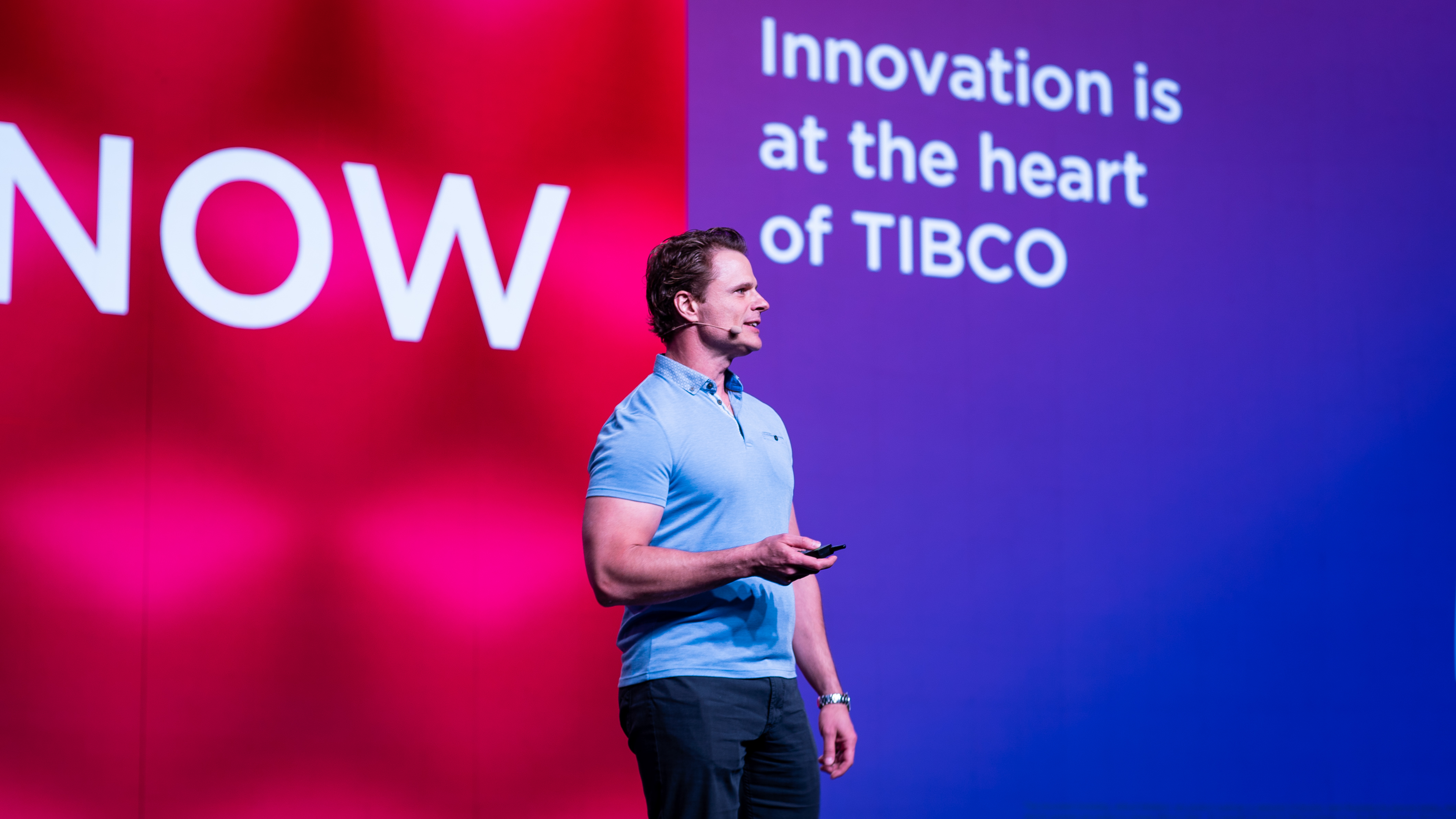Augmenting Human Intelligence with Robotic Desktop Automation

- Nelson Petracek, Global CTO at TIBCO Software
- 23.06.2022 03:45 pm #innovation
Most organisations today are aware that automation is a key component of a successful digital transformation strategy. Improved customer service, lower costs, consistent processes, fewer errors, and a reduction in task completion times are all possible benefits of a holistic automation strategy.
However, automation is not just a single capability. Business process automation (BPA), robotic process automation (RPA), and supporting technologies such as AI/ML, event processing, integration, rules engines, process/task mining, and other tools, are typically needed to achieve the full benefits of automation. Implementing every one of these in the first stages of an automation journey is typically not feasible, and thus organisations will prioritise their approach based on their needs, maturity level, and organisational structure.
One common starting point is the deployment of robotic desktop automation (RDA), otherwise known as attended automation or attended RPA. This approach typically involves the deployment of bots to a user’s desktop, where tasks involving a mix of human and digital activities are performed. These bots may be triggered by the user or in response to monitored human actions, and are used to automate tedious, repetitive tasks that are a subset of broader human-centric tasks. The use of RDA in a call centre is a typical example, where bots can perform actions such as data entry, while the employee is interacting with a customer. Improved productivity, reduced errors, stricter adherence to company policies and compliance regulations, and a reduction in training requirements are potential benefits of RDA in this context.
As customer and partner interactions become more complex, RDA bots need to adapt. That’s because humans do not always behave according to set patterns, and their responses can be unpredictable. To provide continued value, RDA bots need to be augmented with advanced analytics to improve their pattern recognition capabilities and allow for the automation of increasingly complex tasks. But simply adding an AI/ML model to a bot is not enough. Data, including information about the steps and context leading up to an automation opportunity, as well as the resulting action, needs to be collected for subsequent model training purposes. Data quality checks must be in place, and processes need to be defined to manage the deployment of revised models to the bots. Models need to be performant as they are often executed by the RDA bots in real-time (we don’t want to keep customers waiting) and mechanisms need to be in place to provide the bots with external data. KPI monitoring, dashboards, real-time displays, and even simulation/replay capabilities are also needed.
Without these capabilities, RDA will quickly hit a wall. But done correctly, RDA can transform and provide value in current and future solutions, including the use of RDA in digital twins, augmented reality environments, and potentially even aspects of emerging metaverse concepts. The RDA bot of the future will be seamlessly blended into your physical world, which will bring new meaning and value to your business and the customers you serve.

























